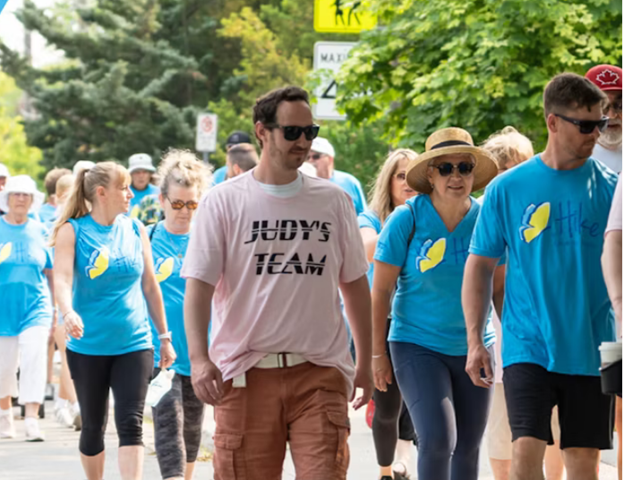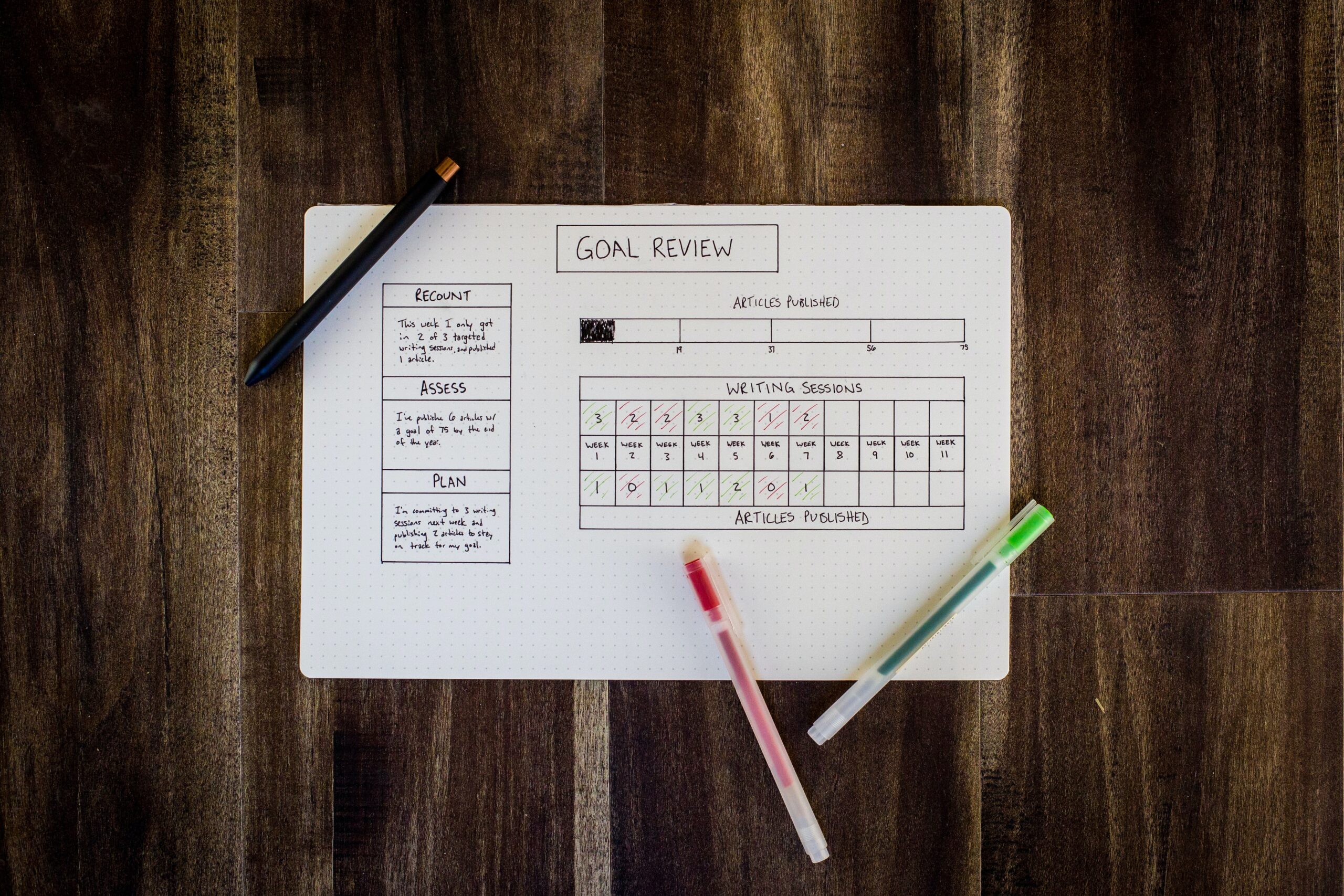When we hear the word fitness, it creates a picture in our minds of someone who is super-lean, in great shape, and doing really challenging things that seem impossible to do for someone starting out.
Fitness is a term that covers a lot of territory. It’s the condition of being physically fit and healthy, which involves mental acuity, cardiorespiratory endurance, muscular strength, muscular endurance, body composition, and flexibility.
There are many activities that can improve an individual’s fitness levels. How fit a person becomes is an inside job that can change our outward appearance. However, a person who appears fit on the surface — lean, thin, etc. — may not actually be physically fit.
Once we take away the notion that fitness is just for fit people and we understand that you don’t necessarily need a gym to get fit, the whole process becomes more attractive.
One big part of becoming fit is an increase in muscular strength and endurance. This can only improve if we are participating in activities that do just that. Weight-training is that part of fitness that supports these positive changes. Unfortunately, to many people, this is one aspect of fitness that we really don’t enjoy.
There are many reasons for this. Like I mentioned, we think it’s just for “fit” people. But there are so many other reasons most dislike this part of changing our health status. When we link things to goals like weight-loss, looking good, and we do not understand the burning sensation that the intensity of weight-training creates, we dread the process.
Using the term “resistance training” is much easier to relate to and sounds a lot more appealing. The difference is that muscular strength and endurance is developed through all types of resistance, not just weights. This can be body weight, bands, kettlebells, yoga, TRX or other group fitness classes. This broadens our choices and allows us to think of this part of fitness as being progressive, not something just for fit people.
As you go through your fitness journey, it’s important to start where you are, not where you want to be. As you get stronger, more mobile, more stable, and create more endurance, you will eventually find weight-training to be the next step in your journey without the hesitation, dread or fear you had in the past.
Before you start out with any fitness routine, working with a professional is the best way to determine your current health and fitness status so you know what steps you need to start with. Part of getting results is making sure you are doing the right things in the right ways, which a health and fitness professional can provide for you.
You should also know what the benefits are of resistance training besides weight-loss:
- Improves mobility and stability, which becomes more important as we age.
- Creates a deeper connection to your body so you have more intuitiveness, allowing you to be more aware of the messages your body sends you. This is a great way to get you being more proactive with your health.
- Stabilizes bone density and can halt the effects of osteoporosis, which can affect women in menopause transition.
- Creates better body image and confidence. The stronger and healthier you feel, the better you feel about how you look.
- Creates a feeling of empowerment and accomplishment. Being able to do things you once couldn’t or allowing you to do things you always wanted to do is liberating.
- Decreases risk of metabolic syndrome (having metabolic syndrome increases risk of developing diabetes and heart disease).
- Improves movement patterns, posture, and can reduce as well as prevent pain.
- Improves cognitive function — mental health.
- Can help create more insulin sensitivity — glucose control.
- Can improve sleep quality.
- Makes activities of daily living easier and you become more efficient at completing physical tasks.
There are so many amazing benefits of resistance training that go well beyond weight-loss and changing how you look. When we start to see some of these happening for us using resistance training, it allows us to build motivation with the completion of small goals. This motivation creates consistency that eventually creates self-efficacy — an individual’s belief in their capacity to execute the behaviours necessary to reach specific goals.
If we focus on just the big picture of weight-loss, it can be hard to enjoy the journey and accomplish some of the benefits listed above. This is mostly due to rushing to the finish line instead of using a progressive program that will lead to continuity.
It can be as simple as just starting to walk every day. Next, add in exercises to improve mobility and stability so more intense exercise will be easier to execute and perform with better movement patterns. As you progressively feel better in your body, the more motivated you are to move, and the more likely you are to start challenging yourself over time.
What is good for you may not be good for someone else. Our health and fitness journeys are not one-size-fits-all. We will have some commonality but the majority of what we do will be different due to lifestyles, families, interests, fitness levels, schedules, health status, age, and goals.
Doing what’s best for our bodies allows us to have more control over our health and lowering the risks of illness or disability, especially as we age. Doing things you love is a huge part of this journey, especially at first. But what we love may change as we improve our fitness levels. Challenging ourselves can be enjoyable if we start off on the right foot.





